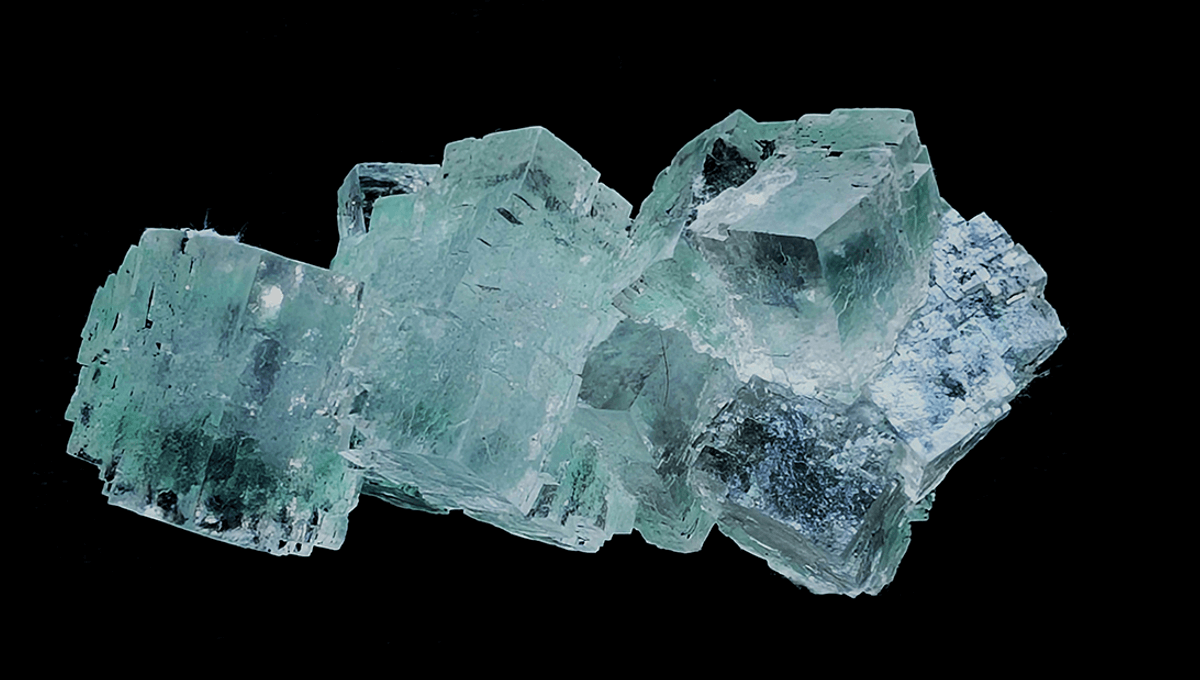
Some of the oldest air ever studied by scientists was trapped inside rock over 800 million years ago. Cracking the rock open and allowing the air to escape, the team who found it got a pretty astonishing surprise about the ancient atmosphere of Earth.
When studying the Earth’s atmosphere in the ancient past, scientists have had to rely on indirect evidence to estimate element abundancies. But that’s not altogether ideal, involving complex analyses and estimates. Another method is to look at air trapped in the Antarctic ice.
“Like a prehistoric fly trapped in amber during dinosaurs’ days, airborne relics of Earth’s earlier climate –including dust, air bubbles, sea salts, volcanic ash, and soot from forest fires – can end up trapped in glacial ice for eons,” the National Oceanic and Atmospheric Administration (NOAA) explains. “To climate scientists, those relics tell a story about how our planet’s climate and atmosphere have changed over thousands of years.”
While this method has recently yielded us air samples from the Pliocene Epoch, dating back 5 million years, Earth’s history is far longer than that. But thanks to a technique from an international team of researchers, we have also studied far older samples of air, giving us a glimpse of the atmosphere 815 million years in the past.
The researchers, led by geochemist Dr Nigel Blamey, were examining rock salt (halite) samples from a drill core in Australia back in 2016. Within halite, it was known that there could be small “inclusions” – teeny tiny bubbles of gas trapped inside the salt.
These inclusions were thought to be too small to study, but this team was able to do so using a new method. They took samples of the halite and placed them in a vacuum chamber, before crushing the samples into small pieces, releasing the gas within. This ancient gas, now free, was drawn towards two quadrupole mass spectrometers to analyze its makeup. Through this technique, the team was able to analyze gas that was in Earth’s atmosphere over 800 million years ago.
“There was a lot of debate as to what the oxygen content was 800 million or more years ago,” Blamey said in a statement. “We’ve come up with a direct method of analyzing the content of those trapped fossil gasses in the atmosphere and found that the oxygen level was approximately half of what it is today.”
That was pretty surprising, as previous to this estimates had placed it closer to just two percent of Earth’s atmosphere at the time.
“With this study, the oxygen in the air that allowed the earliest animals to breathe has been measured directly for the first time,” Professor John Parnell, from the University of Aberdeen’s School of Geosciences, added in a separate statement.
“We measured the oxygen at 10.3 to 13.4 per cent of the atmosphere, which would have been enough for animals to flourish. In comparison, the oxygen content of modern Earth’s atmosphere is 20.9 percent. What is especially significant in this study is that we actually discovered a real atmosphere sample, where previous estimates have been made using indirect modelling methods. We had a good idea about how to get at the ancient air, and it’s very pleasing that our hunch has paid off.”
While the gas is indeed old, others have questioned whether the team accounted for dissolved gases. A team running a re-analysis puts oxygen levels at closer to 6.6 percent, which is lower but still puzzlingly high compared to what scientists had previously expected.
The team has since refined their techniques and protocols for dating ancient gas trapped in halite, and the method could yield new insights into the Earth’s ancient atmosphere, and the effect that it had on life.
Source Link: Scientists Found Air Trapped Inside A Rock For 815 Million Years And Set It Free